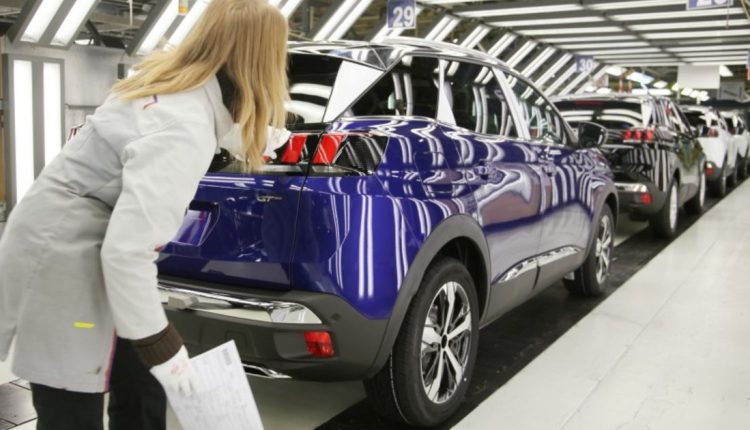“The transition to EVs is unprecedented in terms of speed and impact for the automotive industry,” said Alexandre Marian, a managing director in Paris at AlixPartners. “There will be winners and losers given the level of investment required, and this will have implications on the workforce.”
In a study published in December for France’s auto lobby, of which Stellantis is a member, the consultancy estimates France risks losing nearly a third of its automotive jobs by the end of the decade. The grim forecast could be applied to other countries, especially in Europe, Marian said.
Coders needed
While Stellantis and other automakers have plans to retrain staff and hire software specialists to develop self-driving and digital features for their future models, not every mechanic will be able to code.
“Shrinking workforces remains a challenge across the industry,” Citigroup analyst Gabriel Adler wrote in a report. The average age of industry employees in Europe is between 40 and 45 years old and workers are predominantly focused on conventional engines, he said.
At Stellantis, the drive to get people out the door is accelerating in France, where the company employs about 45,000 people and commands 34 percent of the market mostly through sales of Peugeots and Citroens.
In Italy, the home of brands including Fiat and Alfa Romeo, Stellantis has reached a number of so-called performance accords with unions. With 50,800 workers, Stellantis is also offering incentives for voluntary departures.
Steady decline
Stellantis began talks with French unions Feb. 1 on a two-year plan for 2,600 voluntary job cuts. Union leaders forecast the downsizing will continue at least at the same pace through 2025.
When early departures of more senior staff are included the numbers could reach as many as 8,000. In addition, they predict as many as 2,100 workers could leave to work at joint ventures in northern France: Automotive Cells Company for batteries, and the Emotors and e-Transmissions businesses.
The Stellantis spokesman dismissed the union estimates as “false.”
The union numbers are largely an extrapolation from current trends put forward by the company. These include the voluntary departure plan, the roughly 1,400 staff who could move to the JVs and various other estimates of early retirement and future JV needs. Last year there were 1,380 voluntary departures and 1,100 new hires, mostly in sales and engineering.


